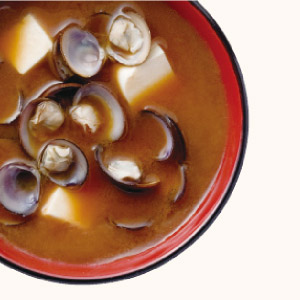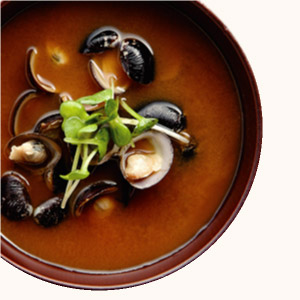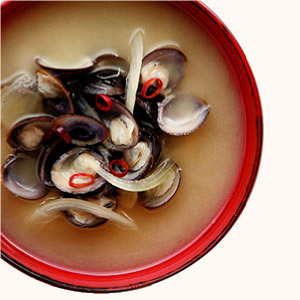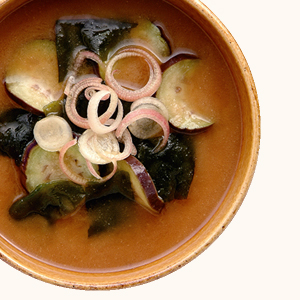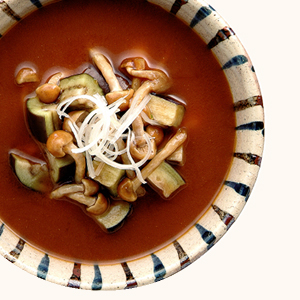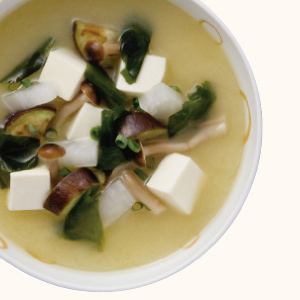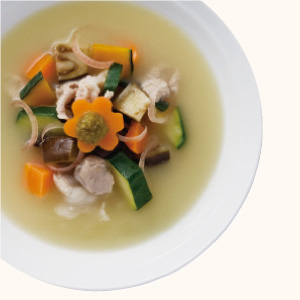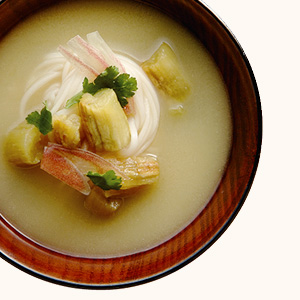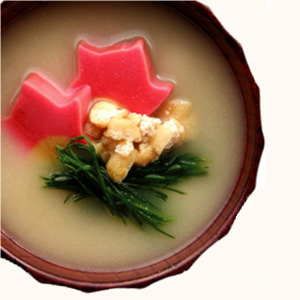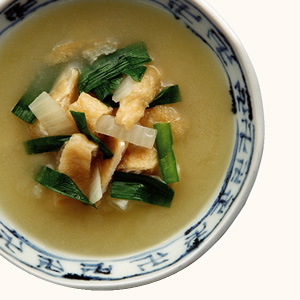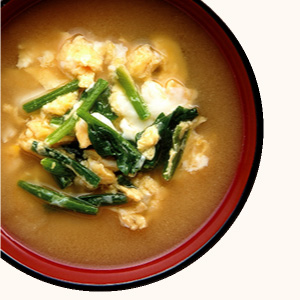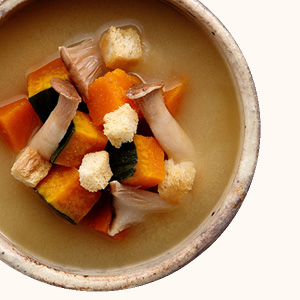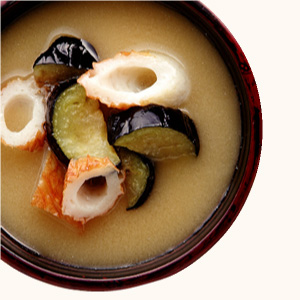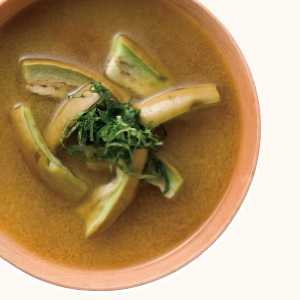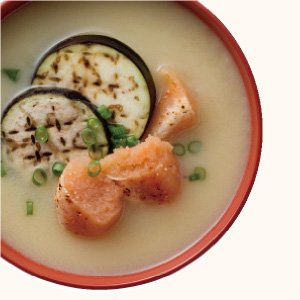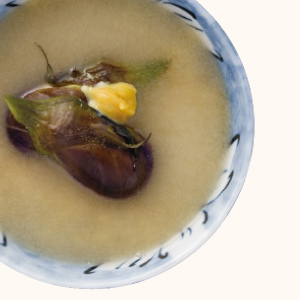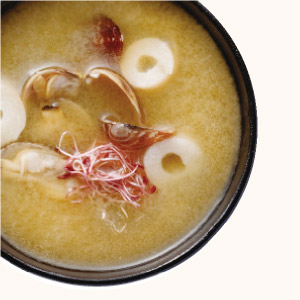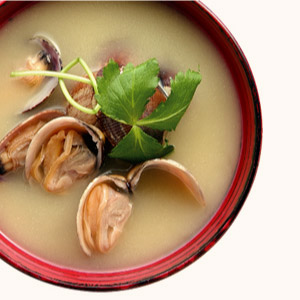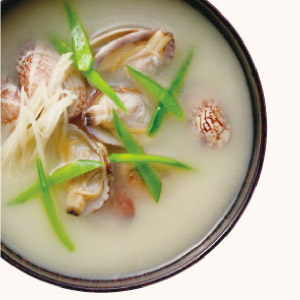
Shijimi Miso Soup
About Shijimi

Shijimi (freshwater clams) have a characteristic rich umami (good taste) and often appear in miso soup recipes. They have been eaten in Japan since ancient times as a nourishing food. While miso soup of shijimi alone is tasty enough, you can add other ingredients, such as tofu.
Shijimi Miso Soup Recipes
Condiments Good for Shijimi Miso Soup
Simple shijimi miso soup is tasty enough, but adding some condiments makes it savorier.
Example
・Chopped thin green onion・Mitsuba (Japanese honeywort)・Sansho (Japanese pepper) powder・Yuze peel
Preparation
Wash shijimi lightly and place in a colander in such a way that the shijimi clams do not overlap each other. Place the colander with the shijimi in a bowl and pour in about 1% salt water in such a way that the shijimi clams barely appear on the water surface. Allow about 3 hours in summer and 5 ~ 6 hours in winter to clean the sand out of the shijimi. To keep the umami of the shijimi, avoid spending too much time for sand removal. Otherwise, the shijimi is weakened.
Eggplant Miso Soup
About Eggplants

Eggplants are in season from summer to early fall and popular ingredients for miso soup. Simply adding eggplant to wakame seaweed or nameko mushroom miso soup makes it seasonal.
Cook eggplants after soaking their cut pieces in water which barely covers them for 2 ~ 3 minutes. This makes the color of the eggplants vivid in miso soup.
If you grill or steam eggplants beforehand, they become sweeter in miso soup, adding it a distinct taste.
Eggplant Miso Soup Recipes
Feast Miso Soups with an Arrangement
Miso Soups of Various Eggplants
Excellent Ingredients with Eggplant
In addition to standard ingredients such as wakame seaweed and nameko mushrooms, eggplant also goes very well with summer vegetables, and you can enjoy the tastes of the season easily. You can also enjoy eggplant miso soup with some rare ingredients, such as chikuwa (tubular fish cake) and mentaiko (seasoned cod roe).
On hot summer days, a cooled eggplant miso soup with thin noodles and myoga (Japanese ginger) is refreshing.
How to Choose and Store Eggplants
Fresh and tasty eggplants have beautiful, smooth, shining deep-purple skins and are plump and resilient. Most of the inside of eggplant is water. So, choose heavy ones.
Storing eggplants in a refrigerator hastens their degradation. Store them in a dark cool place and use them before long to enjoy their taste.
Asari Miso Soup
About Asari

Asari is Japanese littleneck clams. They are standard shellfish ingredients as popular as shijimi clams. Their season is from February to April (also September) and become plump and tasty then. They contain protein and plenty of minerals, such as calcium, potassium and zinc. Especially, they contain vitamin B12 most among all the shellfish.
Asari Miso Soup Recipes
Is Dashi Necessary for Asari Miso Soup?
Asari alone gives a good dashi to miso soup. To make the miso soup tastier, use a dashi stock and/or add a piece of kombu seaweed.
Adding a small amount of yuzu-kosho (yuzu and pepper paste) to the miso soup when you eat adds a savor to it.
Preparation
Place asari clams in a pan or bowl in such a way that they do not overlap each other and pour in salt water as salty as sea water in such a way that the salt water barely covers the asari. Cover the container with newspaper and leave in a room (unheated) in winter or in a refrigerator (vegetable compartment) in summer to remove the sand from asari. If the asari has been obtained at a supermarket, leave them at least 2 ~ 3 hours. If the asari is natural, leave them overnight.


